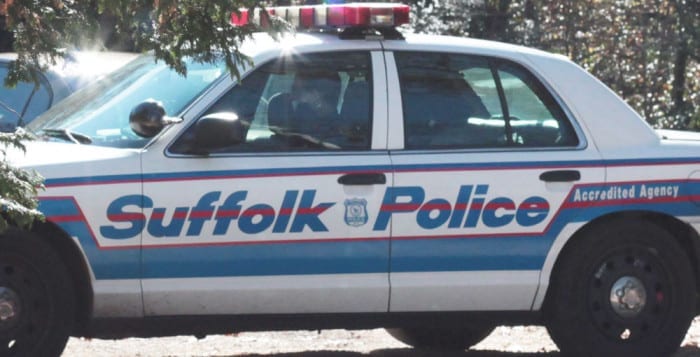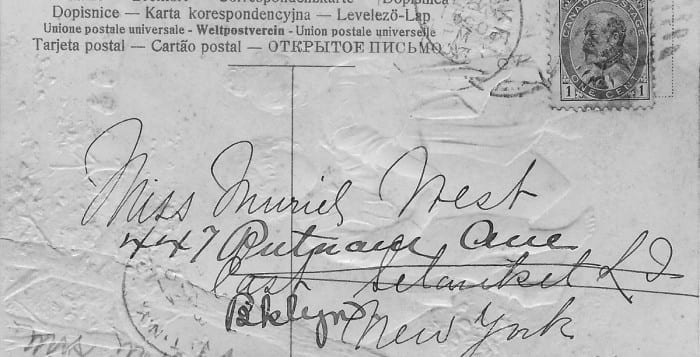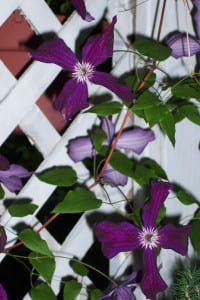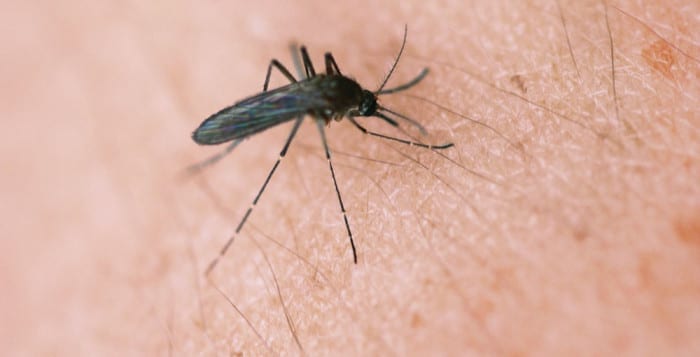By Bill Landon
Rocky Point led most of the way, but the boys’ basketball team let the lead slip away when it mattered most, losing its League V matchup against Amityville in the final minute Thursday night, 73-68.

Harry Lynch sparked the Eagles’ offense, helping to keep his team out in front 11-8 at the 3:40 mark of the first quarter. The senior guard drove the lane with reckless abandon, as he fought his way to the rim and helped stretch his team’s lead to 21-17 by the end of the first eight minutes.
Amityville picked away at the deficit, drawing within three points in the second quarter, but Lynch scored his fourteenth point as time ran out, and the Eagles took a 29-25 advantage into the halftime break.
The matchup grew physical, which led to multiple penalties, but Rocky Point failed to convert most opportunities at the free-throw line. The Warriors battled back to take their first lead of the game, 37-35, at the 3:47 mark of the third quarter.
Lynch went to the charity stripe shooting two and split the appearance to help his team close within one point, and Rocky Point senior Colin Kotarski went to the line shooting two next, and nailed both, as the Eagles retook the lead.
After a Warriors field goal that flipped the score, Rocky Point senior Ben Collesidis, with a defensive pick, took the ball down the stretch and converted his opportunity into points to again turn the tables for both teams, giving the Eagles a 40-39 edge.
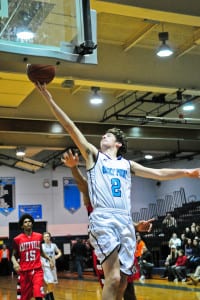
With the teams knotted at 43-43 late in the third quarter, Lynch nailed a clutch 3-pointer, and teammate Mason Cline, also a senior, did the same. At the end of the quarter, Rocky Point led 49-43.
With both teams finding their 3-point rhythm, Amityville answered the Eagles with a Joshua Serrano trifecta to make it a three-point game. Cline had his own answer for his opponent though, as he swished his fourth trey of the game.
The clock wound down, and both teams traded points at the charity stripe. Kotarski was fouled while shooting and tacked on two points for a 60-55 Eagles lead with just over three minutes left in regulation, but Amityville hit a 3-pointer with 1:02 left to play, for a 67-65 lead. Another free throw point made it a 3-point game, again.
Lynch went to the line shooting a 1-and-1 opportunity, and sank both to help his team draw within one point, but with less than 30 seconds left, Serrano made two more appearances at the stripe, and cashed in on all four attempts, to put the game out of reach.
Lynch topped the scoresheet with 27 points, while Cline banked 19 and Kotarski added 14.
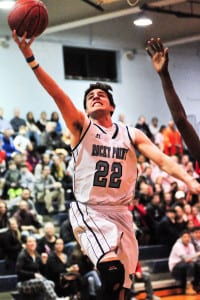
The Eagles hit 65 percent of their free throws on the night, while Amityville neared 80 percent.
“We were winning the whole way,” Rocky Point head coach James Jordan said. “We missed a lot of foul shots and that cost us the game. We play Islip on Monday. We’ve got to do a better job at rebounding and that’s a team we have to beat.”
With one game remaining, Jordan said that his team needs one more win to have a better chance at a run in the postseason. Currently, the team sits at 6-5, so the head coach is hoping for a higher seed with one more victory.
Rocky Point was supposed to travel to Islip on Monday, Feb. 8, but on account of the snow, the game has been postponed with no makeup date currently scheduled.


